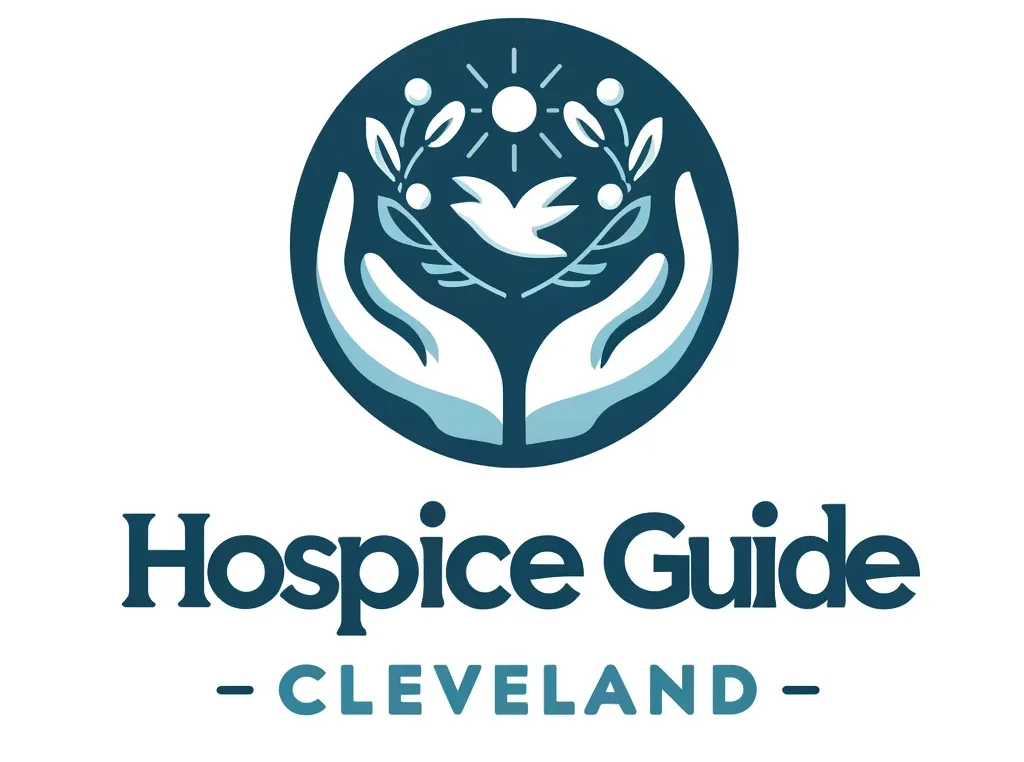Introduction to Complementary Therapies in Hospice Care
In the realm of hospice care, the integration of complementary therapies has marked a significant advancement towards a more holistic approach to patient wellness. These therapies, ranging from music and aromatherapy to massage and pet companionship, serve as vital adjuncts to traditional medical treatments, focusing on the patient’s overall comfort and quality of life. In Cleveland, the adoption of these innovative therapies in hospice settings is gaining momentum, reflecting a growing recognition of their value in end-of-life care.
Understanding Complementary Therapies
Complementary therapies encompass a variety of non-medical treatments that work alongside conventional care to provide holistic relief. Unlike traditional methods focused primarily on physical symptoms, these therapies aim to address the emotional, spiritual, and psychological aspects of patient care. In hospice settings, they play a crucial role in palliative care, enhancing the quality of life for patients by providing comfort, reducing stress, and promoting a sense of peace and well-being.
Music Therapy in Cleveland Hospices
Music therapy has emerged as a particularly beneficial form of complementary therapy in Cleveland’s hospices. It involves the use of music to improve mental and emotional health, helping patients cope with anxiety, depression, and pain. Cleveland hospices have incorporated music therapy programs that include personalized music sessions, group performances, and relaxation techniques through music. These programs have been found to significantly enhance patients’ emotional states, providing a soothing escape from the challenges of their conditions.
Aromatherapy and Massage: Soothing the Senses
Aromatherapy and massage therapies are also pivotal in Cleveland hospice care, providing sensory relief and physical relaxation. Aromatherapy uses essential oils to stimulate the senses, often leading to improved mood and reduced anxiety. Massage therapy, on the other hand, focuses on physical touch to relieve pain and tension. Together, these therapies offer a comprehensive approach to soothing both the body and mind, contributing to a more comfortable hospice experience.
Pet Therapy: Bringing Comfort and Companionship
Pet therapy is another innovative approach being embraced in Cleveland hospices. This therapy involves visits from specially trained animals, usually dogs, to provide companionship and comfort to patients. The presence of these animals has been shown to lower stress levels, increase social interaction, and even improve physical health. The unconditional love and comfort provided by these furry companions offer a unique source of emotional support for patients during their end-of-life journey.
Implementing Complementary Therapies: Challenges and Considerations
Integrating these therapies into traditional hospice care comes with its set of challenges. It requires careful planning, training, and sometimes, additional resources. Cleveland hospices are tackling these challenges by collaborating with trained therapists and organizations specializing in complementary therapies. Additionally, they are educating caregivers and families about the benefits and options available, ensuring a well-informed approach to care.
Conclusion: The Future of Holistic Hospice Care in Cleveland
The integration of complementary therapies in hospice care represents a significant stride towards a more holistic and patient-centered approach. In Cleveland, the future of hospice care looks promising, with an increasing number of facilities adopting these therapies. This trend signifies a growing commitment to ensuring that end-of-life care addresses not just the physical, but also the emotional and spiritual needs of patients, paving the way for a more compassionate and comprehensive approach to hospice care.
